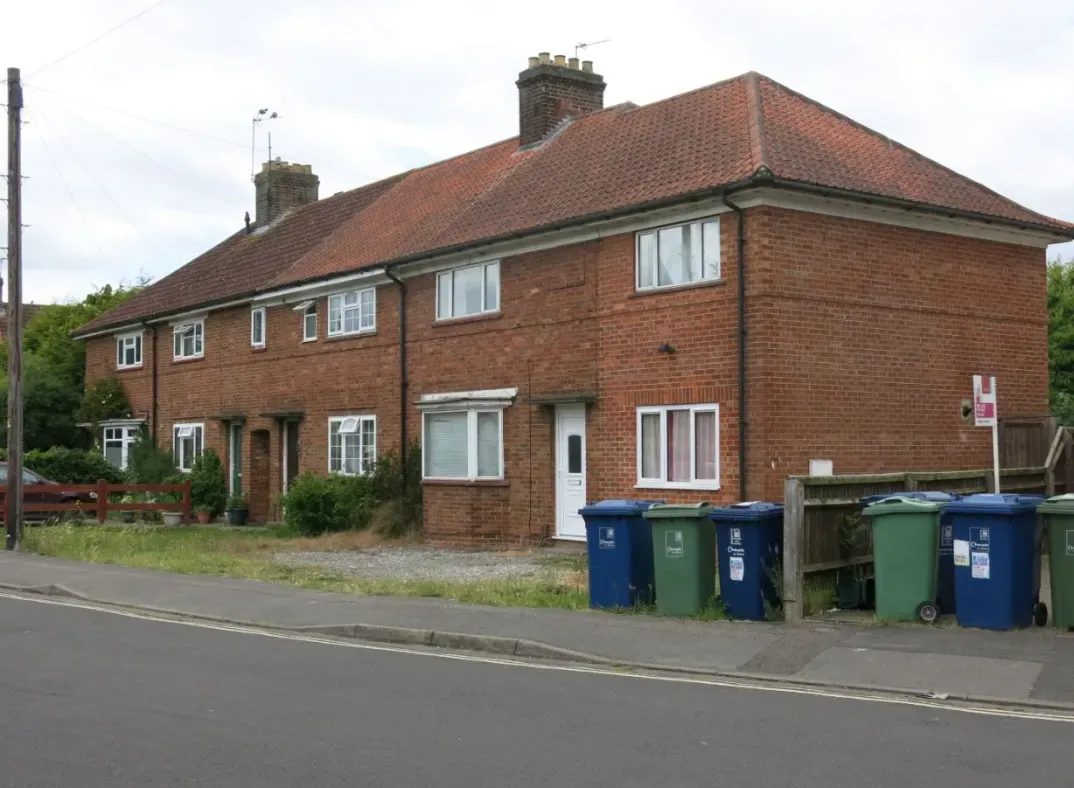Housing Week: Oxford needs homes. Why? And where?

Oxford is the second least affordable place to live in the UK – after Kensington & Chelsea.
In this, the first of a five part series of Clarion long reads, we examine why Oxford has such a housing shortage, and why it matters far beyond the simple cost of your rent or your mortgage. In the coming days, we will explore options for resolving Oxford’s housing crisis, and why “build more homes” isn't as simple as it seems.
Are there viable – or radical – solutions? Could we make this simpler? Are there ways of building more homes? And why aren't we talking about this more? Join us each day for Housing Week as we take a deep dive into Oxford's housing crisis.
The what and the why
Oxford City Council sets out neatly why housing in Oxford is so unaffordable.
Oxford is a small city with a longstanding shortage of suitable land for building homes. This is an issue stretching back to the rapid expansion of the motor industry and associated trades which began in the 1920s. Two rivers mean we have a large floodplain. We are also tightly constrained by a Green Belt which goes right up to our administrative boundaries. Our largest remaining development site is Barton Park, which will have 885 homes when completed in 2027. […]
Scarcity and high demand help make Oxford among the least affordable places to live in the UK. Average house prices are more than 12 times household earnings and private rents are more than 50% higher than for England as a whole.
But while this sets out why housing is scarce, it doesn't say why it's important to fix the problem. It isn’t interest rates, or expensive rents or mortgages, or even the superheated rental market. (Clarion writers in the past have literally had to beg letting agents to call as soon as a property came on to the market or risk being homeless. Sound familiar?)
A living city?
Like any city, Oxford relies on people with a massive range of skillsets, education levels and wages. It is much, much more than a university city.
It has two universities and, depending on how you count them, six hospitals. It has 162,000 people living in it. It has more jobs than residents. Just over 70% of the jobs are in knowledge-intensive (high earning) industries. Most employees at these industries, though not all, can afford to live in Oxford.
But these industries and the people working in them need a whole infrastructure around them. Schools, hospitals, GP surgeries, transport, emergency services, retail, entertainment, leisure. Most of these jobs are considerably less well paid. Can the people in these industries afford to live in Oxford? Or do they have to commute in on Oxford's already crowded roads?
Median rent for a three bedroom home in Oxford is over half the median earnings – which means those earning below that will struggle to afford a house. This determines who lives here, where they live, and their quality of life. Even if you’re fortunate enough to earn more, perhaps you’ve struggled to get a child into daycare; or to find an appointment at the JR; or simply wondered why Hinksey Pool didn't open because there was no lifeguard at 7am.
If people can't afford to live here, but the jobs are here, they must commute in – along historic routes that weren’t laid out for mass commuting. If you wanted to build a transport system for one of the largest cities in southern England, you wouldn't start here. Rivers, historic buildings, land owned by the university – all these constrain the space available on roads for cars, public transport, walking and cycling.
Oxford City Council sets this out in statistics.
There are more than 3,300 households on the waiting list for a council home. Unaffordable housing puts people at greater risk of homelessness. It pushes them into hardship, overcrowded and unfit conditions or out of Oxford altogether.
The 2021 Census found a 23% reduction in under-fives compared to 2011 – a clear sign young families find it increasingly difficult to live here. Even before the cost-of-living crisis, unaffordable housing meant more than a quarter of Oxford’s children lived below the poverty line. Bad housing has a devastating impact on children’s health and wellbeing and casts a long shadow over their future life chances.
The laws of supply and demand are unforgiving. While there are not enough homes, those that do exist are unaffordable to many. Though the housing market is complex and multi-dimensional, new data from a 20 year study in Sweden suggests that in municipalities with higher construction rates, every income group gets better access to newer housing and housing space. It reports that new homes, even those initially primarily inhabited by rich people, can lead to “substantial trickle-down effects that also benefit the poor”. Add the more direct effects of building social housing, and you can see Oxford simply needs more homes: social homes, key worker homes, affordable housing and private homes.
20th century development in European cities (think Munich, or even, dare we say it, the Netherlands) often centres around arterial routes: five-storey blocks of flats with parkland behind them, and an avenue of trees, roadspace, cycle paths and tramlines. Britain didn’t follow that example. Much of our postwar housing was two-storey and low-density. Is it too late to change that?


Turkenstrasse Munich: Wikimedia Commons. Gypsy Lane Estate: Municipal Dreams.
This week in the Oxford Clarion
We're calling this week ‘Housing Week’. Oxford City Council’s new Local Plan, the planning policy for the city, is at the crucial examination stage before it can be adopted. Its Sites and Housing Plan, part of the old Local Plan, is due to expire in 2026 in any case. We'll be looking at different ways to build homes for Oxfordshire – and what's stopping us building.
Regular readers of the Clarion will know we consistently highlight local elections being fought on irrelevant grounds. The recent city council elections saw extensive campaigning on Low Traffic Neighbourhoods, which are a county council matter. There was barely a mention of housing. Yet it affects every single one of us, and it is one of the core responsibilities of the city council.
Our programme for the week:
- Tuesday: ‘Building Up’: view cones and the dreaming spires.
- Wednesday: ‘Building In’: finding space in a medieval city. Infill, converting small spaces, and reconciling permanent homes with student accommodation and hotels.
- Thursday: Building on the Green Belt.
- Friday: ‘Building Out’: can Oxfordshire County accommodate Oxford City’s housing?
If you would like these in your inbox, hit the ‘subscribe’ button. It's free, and for Housing Week you will get these long reads delivered straight to your inbox – plus, each Friday, a round up of all the Clarion news plus some special extras. Pass it on!

